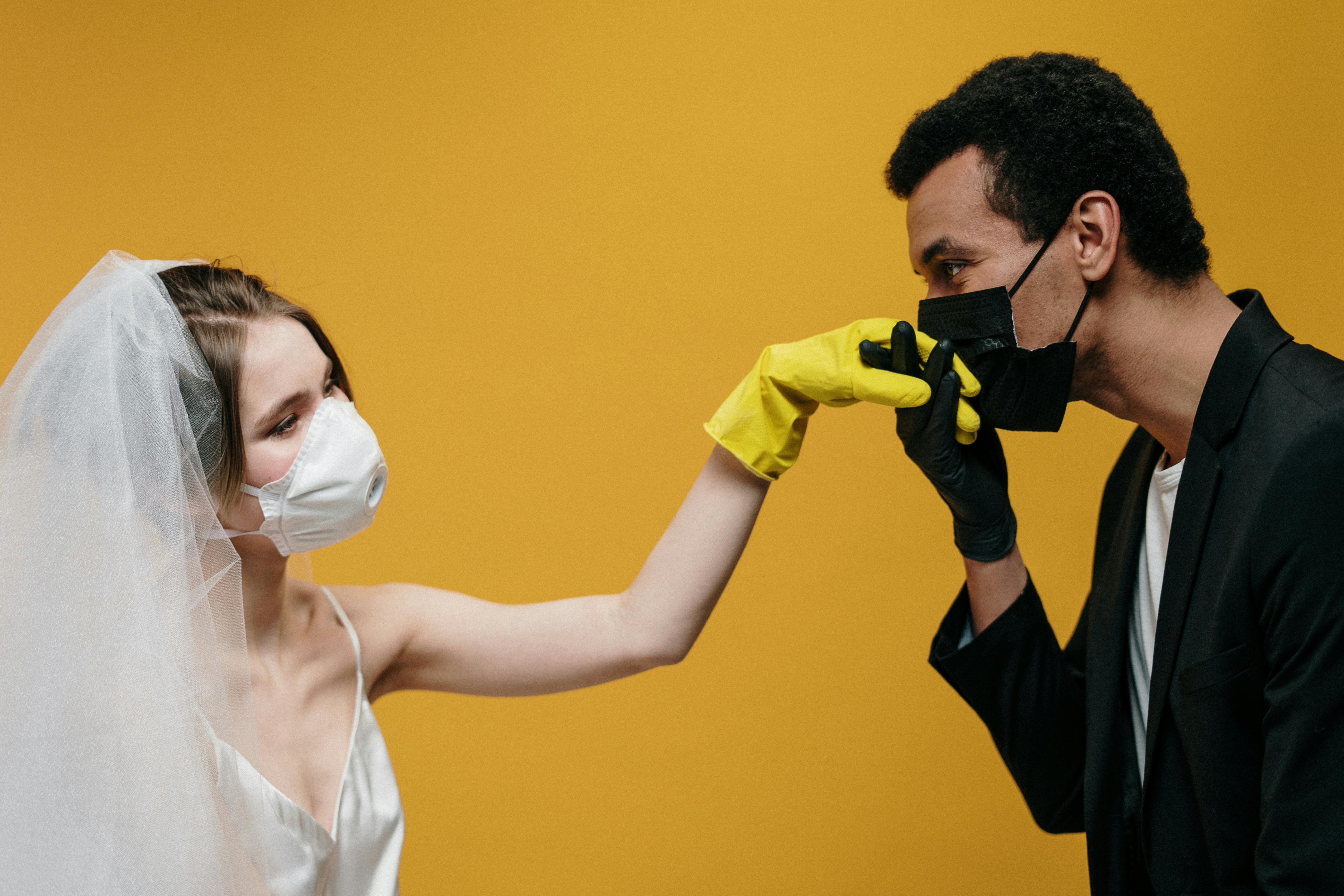Shirting fabrics, or “shirting” as they are called in the industry, come in a wide variety of weave types. They are made from a variety of fibers, cotton being the most common. Most fabric names refer to the particular method in which the underlying fibers were woven. We won’t discuss it here, but keep in mind that the thickness and characteristics of the cotton fiber (shape, cleanliness, length) all come into play when determining the quality and function of the total product.
oxfords Fabric
Oxford cloth is the coarsest shirt; however, it is quite soft and comfortable. A casual fabric, it is found naturally in the button-down shirt, but in the US it is perfectly acceptable for most business occasions. In colored and patterned Oxford shirts, only the threads running in one direction are dyed, and the other threads are left white. This gives it a basket weave, which means that the warp and weft threads of the cloth are crossed in pairs. It has a distinctive textured look (which lends to its casual feel). The Pinpoint oxford is woven in the same way but with a finer thread and is softer and more formal. Royal Oxford is even finer and can be perfectly combined with a fine wool suit and an expensive tie.
poplin fabric
Poplin has a softer texture than oxford, but a similar weight. This is the result of a fine thread running in one direction with a thicker one interweaving it. Poplin shirt fabric is soft and comfortable and is often used in casual shirts. Colors are easily at home here, playing particularly well with sporty patterns.
twill fabric
Cotton twill has a shimmering bias weave and creates richly textured shirts that can still be considered professional wear. In herringbone twill, the direction of the diagonals changes from one side to the other every quarter inch, giving the fabric more depth. When the occasion calls for a solid shirt out of the ordinary, twill plays the part with panache, creating texture and a close display of detail.
Broadcloth fabric
Broadcloth shirting fabric is a fabric very similar to broadcloth except that it is more densely packed, making it one of the more formal shirts for everyday wear. Broad end-to-end fabric is made by intertwining alternating colored threads for a visual texture so subtle it appears solid at an arm’s length. Tightly woven, this fabric displays patterns with exquisite precision.
End-to-end fabrics
A one-on-one plain weave, this fabric traditionally uses white with another color to create a subtle checkered effect and texture. Occasionally two colors are used to create a “double shot” of color. The liberal use of pattern and bold weave make this fabric casual wear, but with the right collar and tie, this fabric could be found in even the most conservative banker’s closet.
Fabrics for formal shirts
Formal shirts are made from white pique cotton, which features a rich woven texture. This is the only shirt suitable for either a black tie or a white tie, and it is not appropriate for anything else. You will recognize this fabric by the fineness of its weave, the absence of visible patterns and the softness of its touch.
Cotton vs. Blends – The Debate Continues
In addition to pure cotton, all of the above fabrics can be found in cotton/synthetic blends. The pros and cons of each are many, but in my opinion there is no right or wrong answer here. It all depends on what you need and how sensitive you are to price. Also keep in mind that with blends you have a wide range of percentage combinations and sometimes more than two types of fiber are mixed. A shirt made with 90% cotton will have very different characteristics than one made with only 40% cotton.
Cotton Shirting Fabrics The Good: Cotton is breathable and a good conductor of heat (great for hot climates). It has a very attractive appearance, it is natural and cotton is the standard by which other shirting fabrics are judged.
The bad: Cotton wrinkles easily, can be expensive, generally loses heat quickly, and is susceptible to mildew and acid/bleach damage.
Mixed fabrics for shirts
The Good: Blends are often wrinkle-resistant, less expensive, look nicer, and warmer than 100% cotton shirts.
The bad: Too much man-made fiber in a fabric can make it not breathable and therefore uncomfortable to wear on a hot day or in sweaty conditions. Plus, they can look shiny and are more susceptible to heat damage from an iron.
Summary
This article is just a start. It is important for a man to have a foundation in the art of classic masculine style. What you wear covers 90% of your body, and is what most people use to judge who you are. In a world of presentation, appearances are critical to successful interaction with others.


